Fujifilm XF 50mm ƒ/2
Tiny telephoto in your pocket
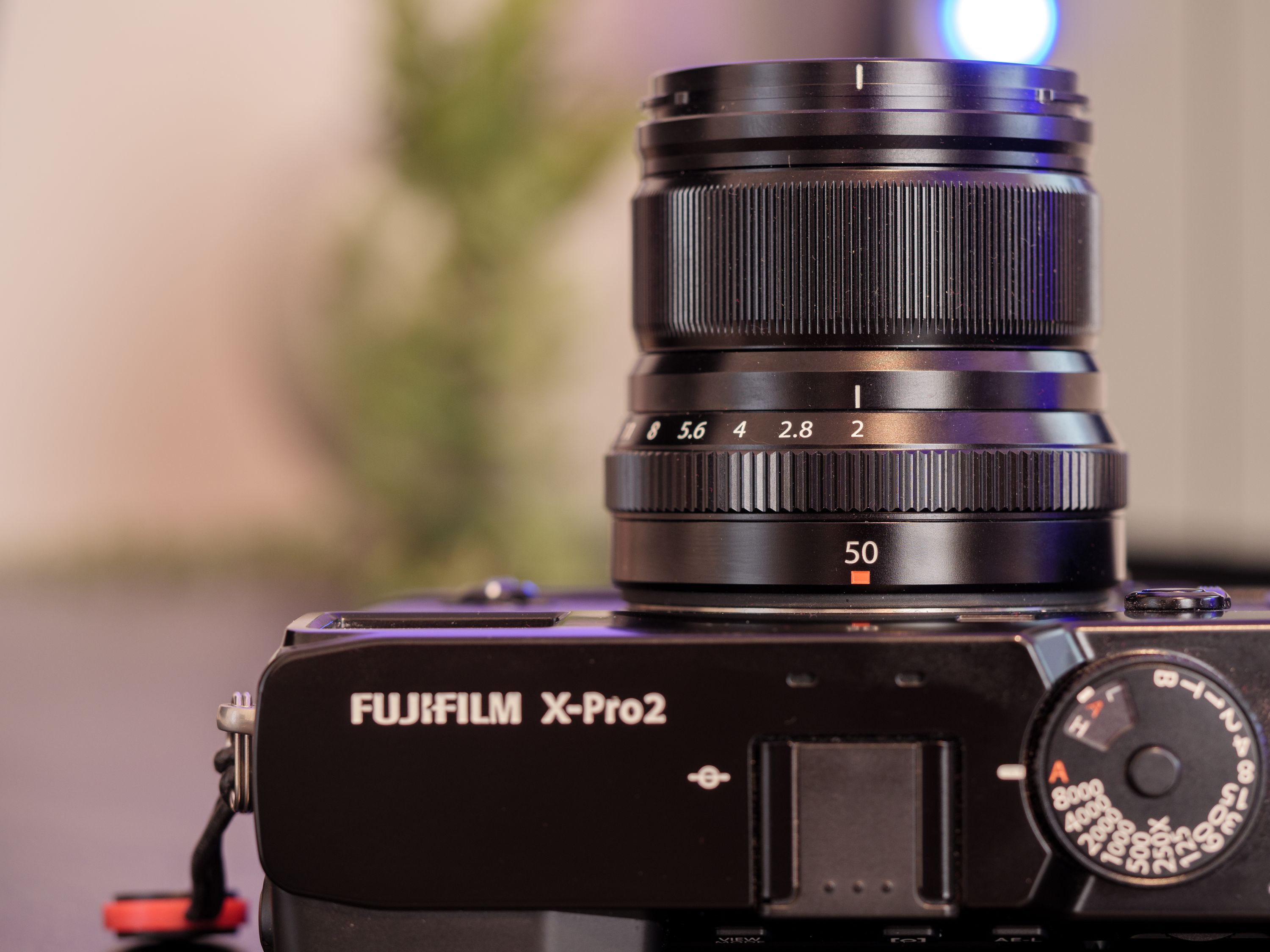
It’s not that I doubted its appeal, but like the X70 before it, the XF 50mm ƒ/2 lens was one of those products that I wasn’t excited about until I got it in my hands and started shooting with it.
It’s an unusual focal length, one that sits somewhere in between the two classic telephoto focal lengths of 50mm and 85mm (FF equivalent). I had never shot anything in this range before, and it took some getting used to.
By the time my second week with it rolled around, I found myself just leaving it on my X-Pro 2 all the time. Its unexpected versatility and exceptional optical characteristics won me over.
Build
Short and stocky like the rest of its ƒ/2 brethren, the Fujifilm XF 50mm ƒ/2 is a comparatively tiny telephoto lens.
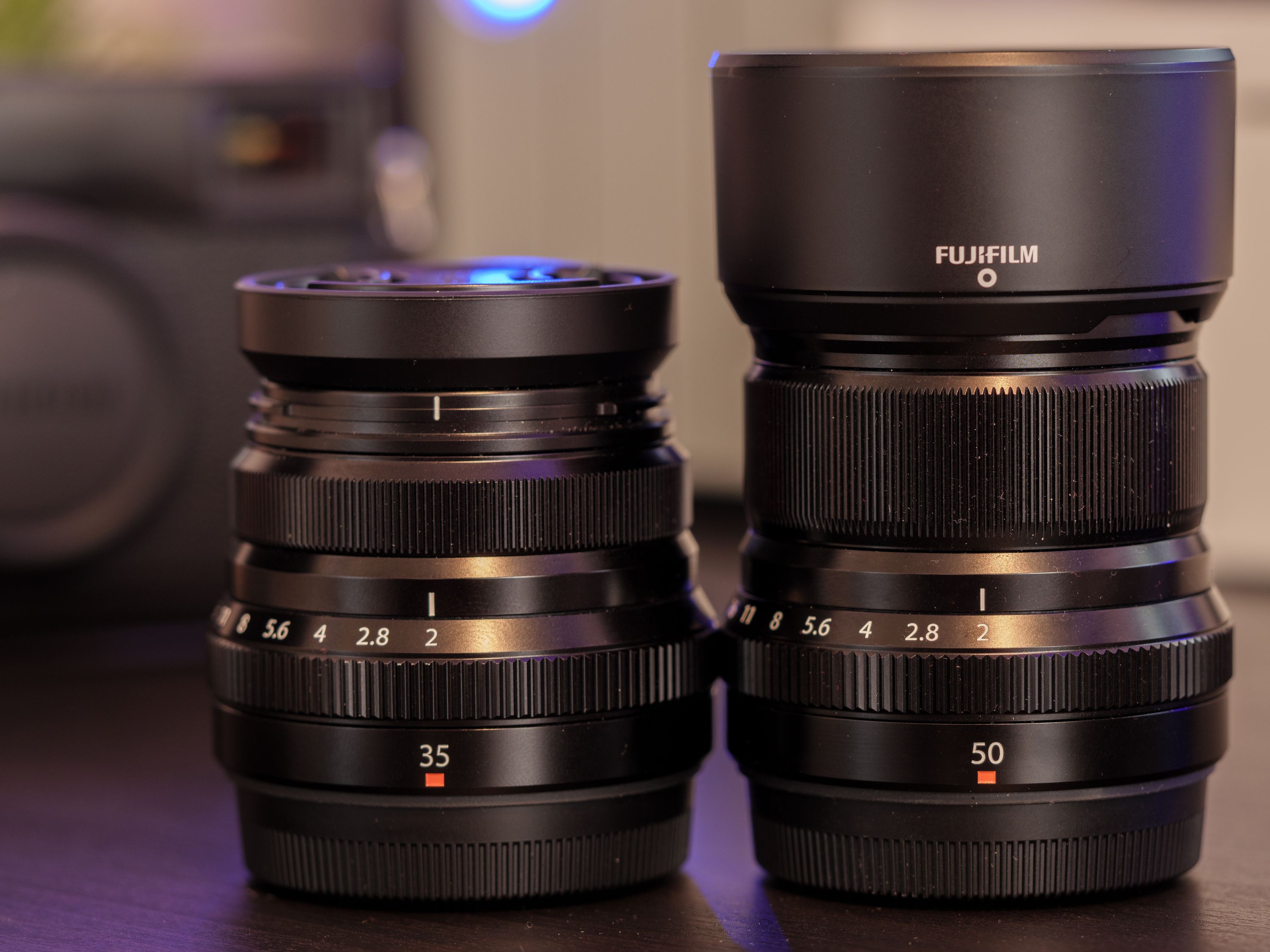 The XF 35mm and 50mm ƒ/2 pair, shown with hoods attached.
The XF 35mm and 50mm ƒ/2 pair, shown with hoods attached.
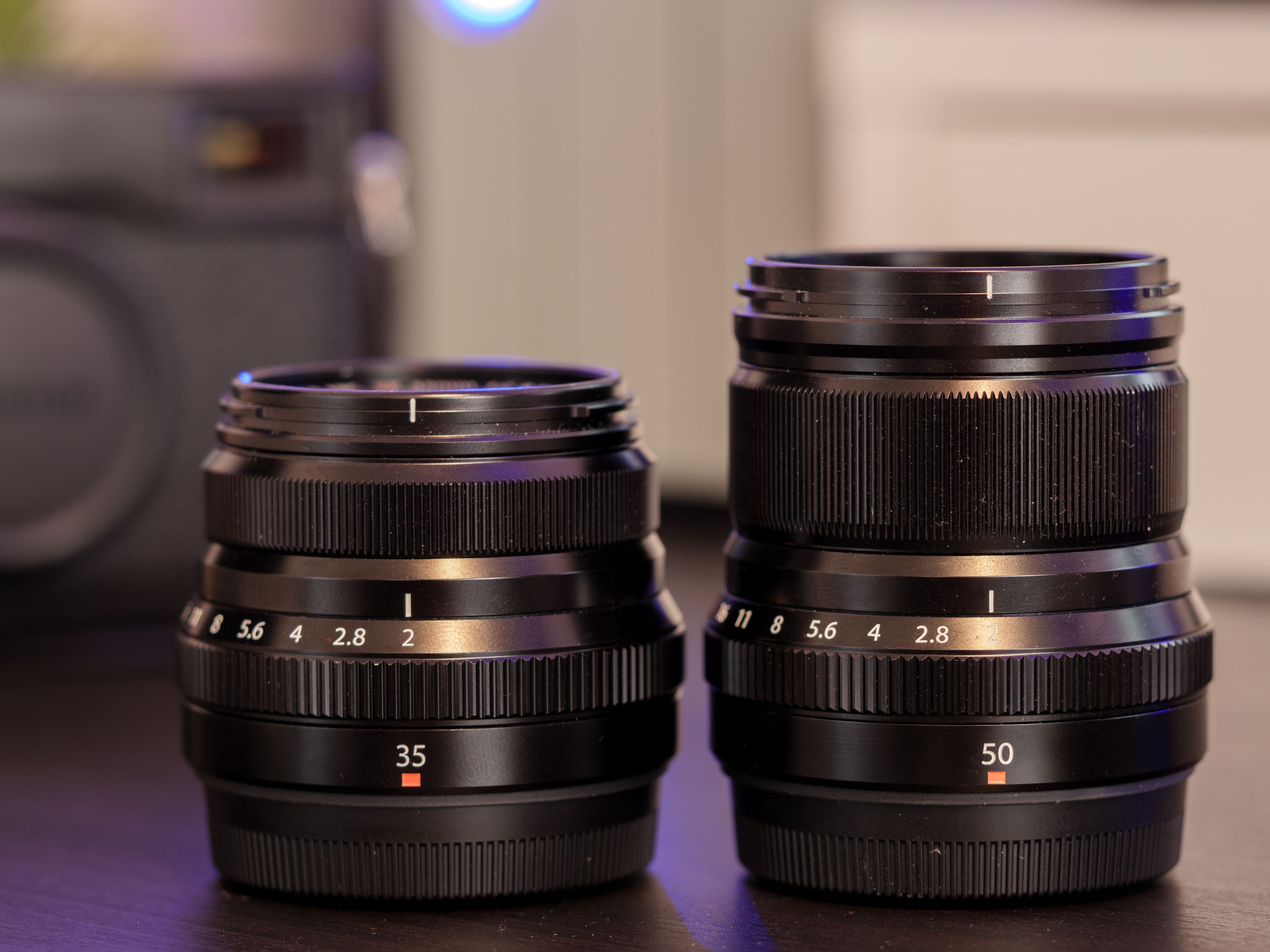 The XF 35mm and 50mm ƒ/2 pair, shown without their hoods.
The XF 35mm and 50mm ƒ/2 pair, shown without their hoods.
Physically, it feels just as sturdy as the 23mm and 35mm ƒ/2s, and it’s only a bit larger than the latter, though the 50mm’s hood does extend the length more significantly. The filter thread size is also, unfortunately, larger at 46mm in diametre instead of the 43mm shared by its wider siblings. All three are weather sealed, and they share the same perfect tuning of the manual focus ring and aperture dial—Fujifilm’s recent lenses have really nailed the ideal level of tension and clicky-ness.
Together, they form a remarkable trio, one that many Fujifilm photographers can turn to as a cover-all travel kit. All three fit into my smallest bag along with the X-Pro 2, and in fact each of them is also literally pocketable, so you can have the camera on your shoulder and a lens in each pocket and skip the bag altogether.
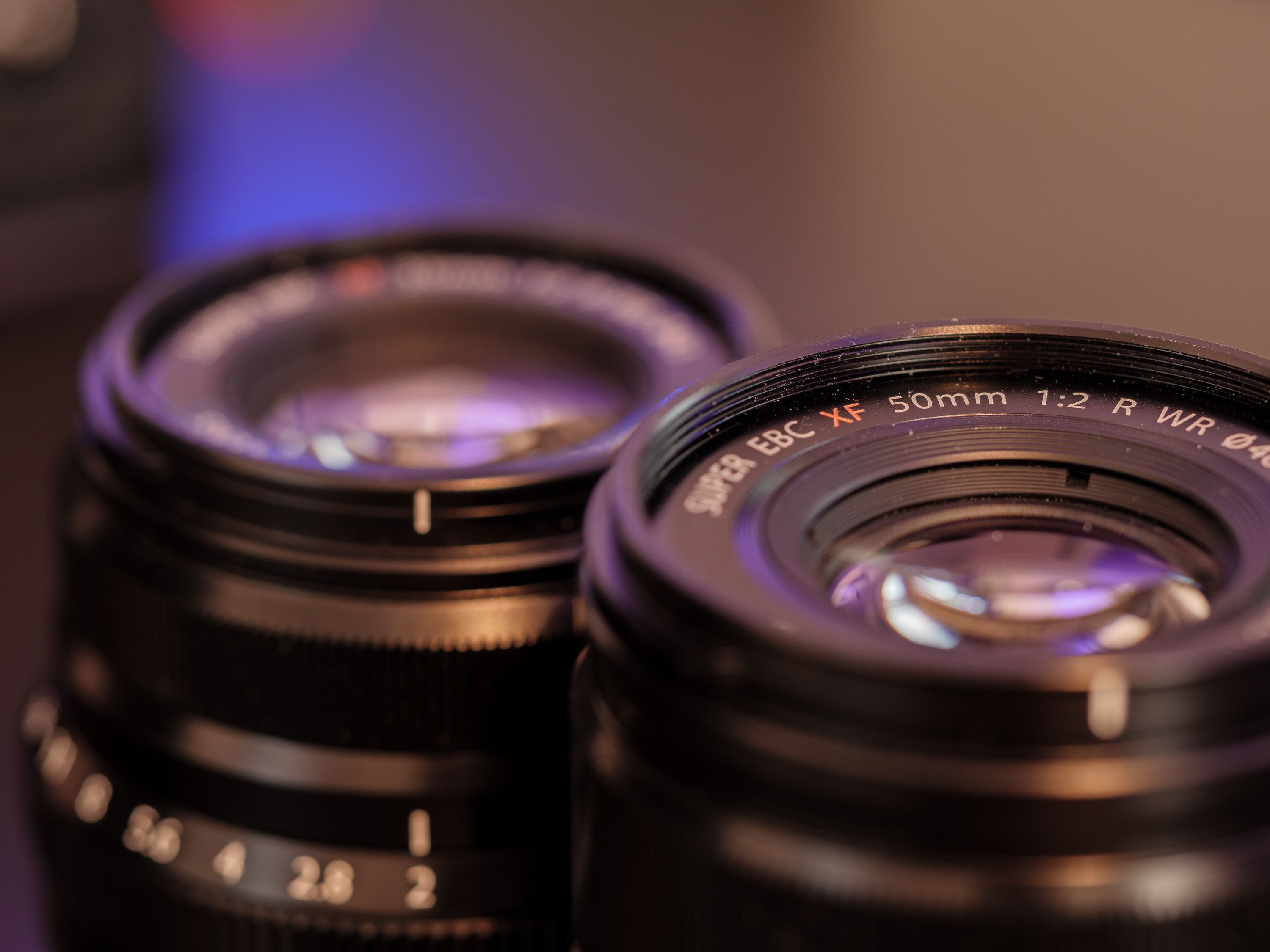
Performance and Handling
The 50mm feels like a perfect fit for the X-Pro 2. It’s well balanced and the manual focus ring is large and precise.
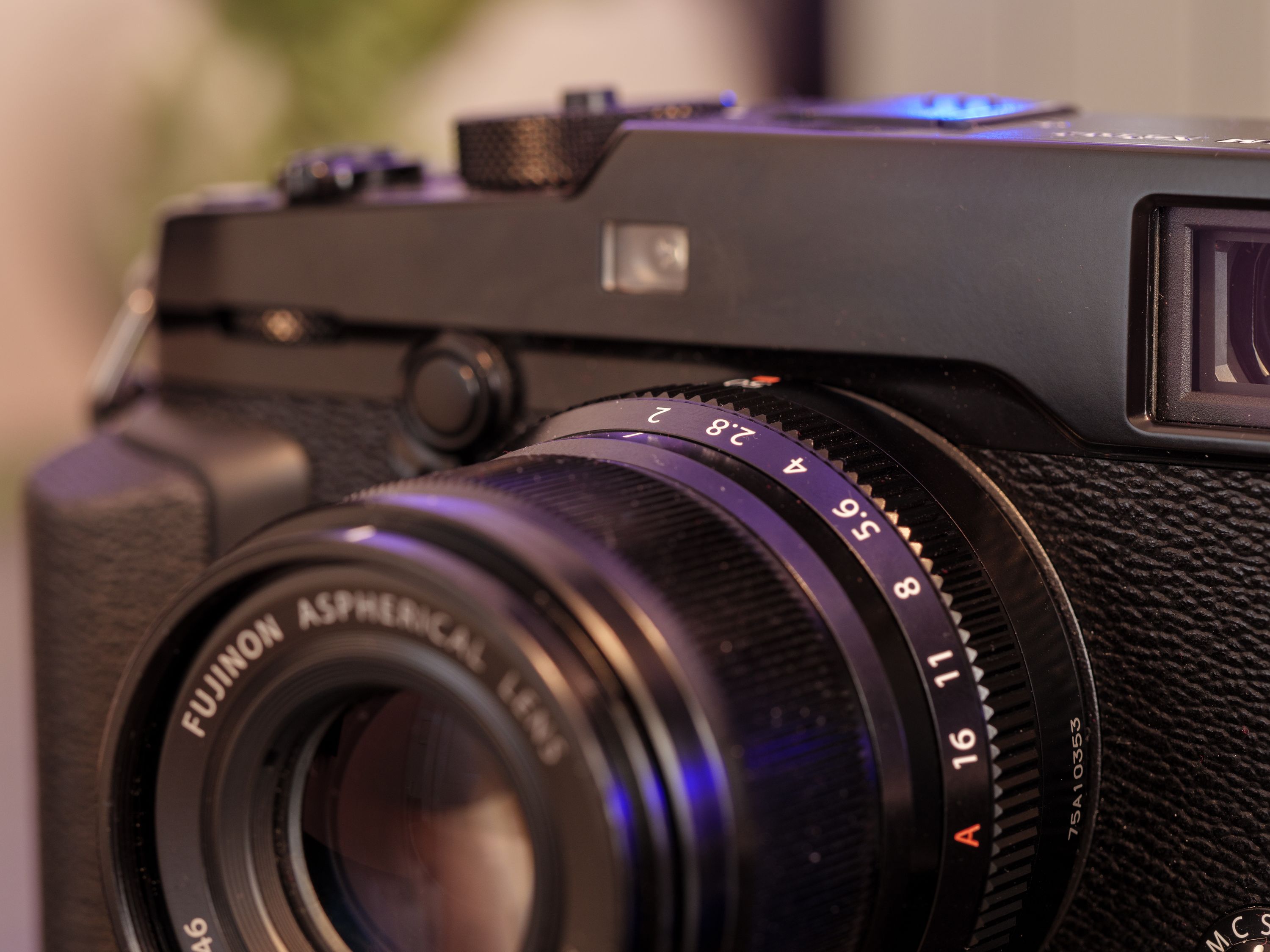
Autofocus speed seems to sit somewhere just behind the 35mm ƒ/2. It’s still very quick, but doesn’t feel quite as “instant” as the 35. I also noticed that the 50mm has a noticeable drop in AF performance in low light. Focus remains accurate and there’s not a lot of hunting, but for some reason in low light it feels as though it takes its time to get a lock.
Even so, it remains faster than Fujifilm’s first generation lenses like the 56mm and 35mm ƒ/1.4, so autofocus shouldn’t be the reason for missed shots.
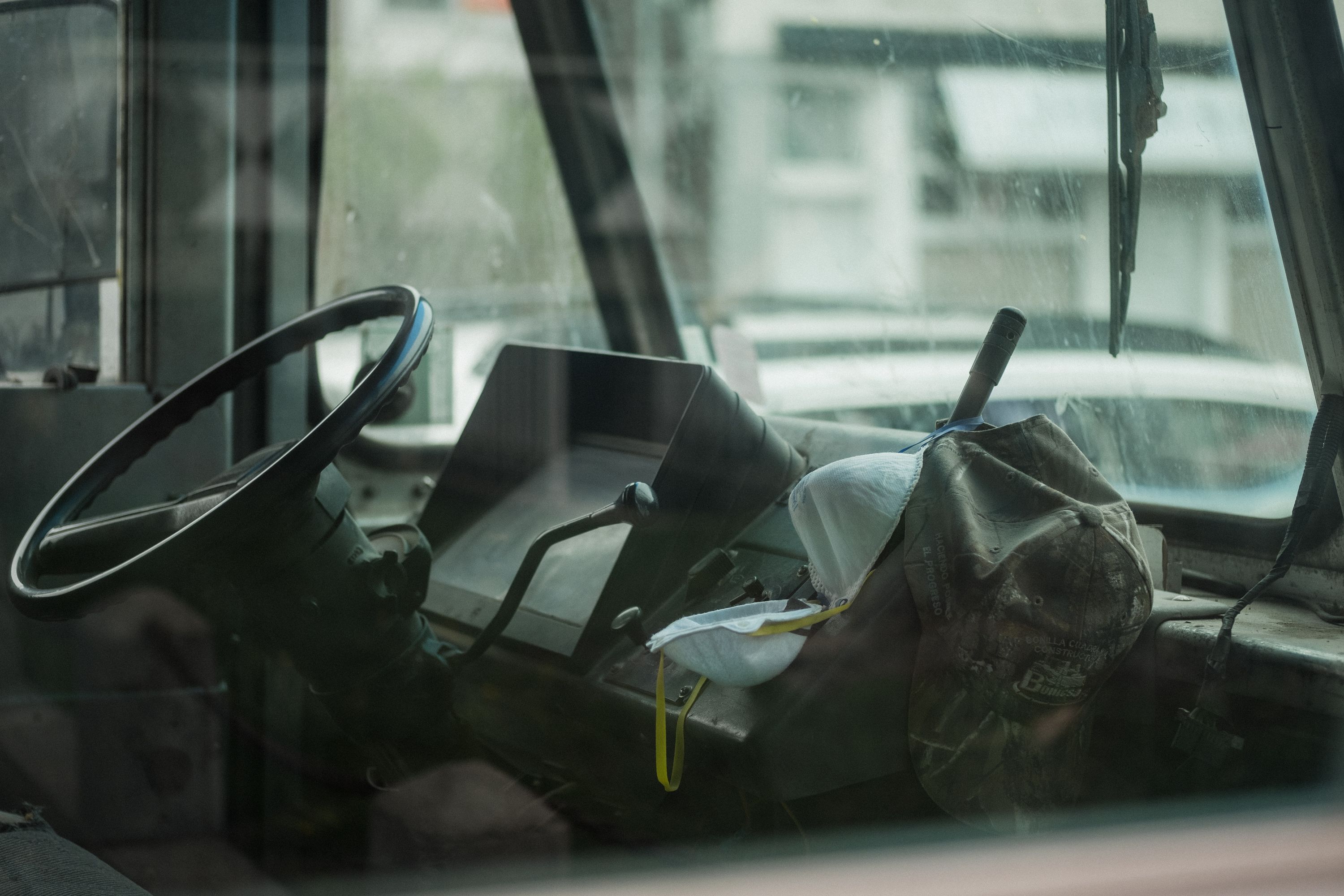
Optics
I’m not a chart guy, but I do appreciate sharpness, so I was very pleased to discover that real-world shooting reveals an extraordinary ability to resolve fine details.
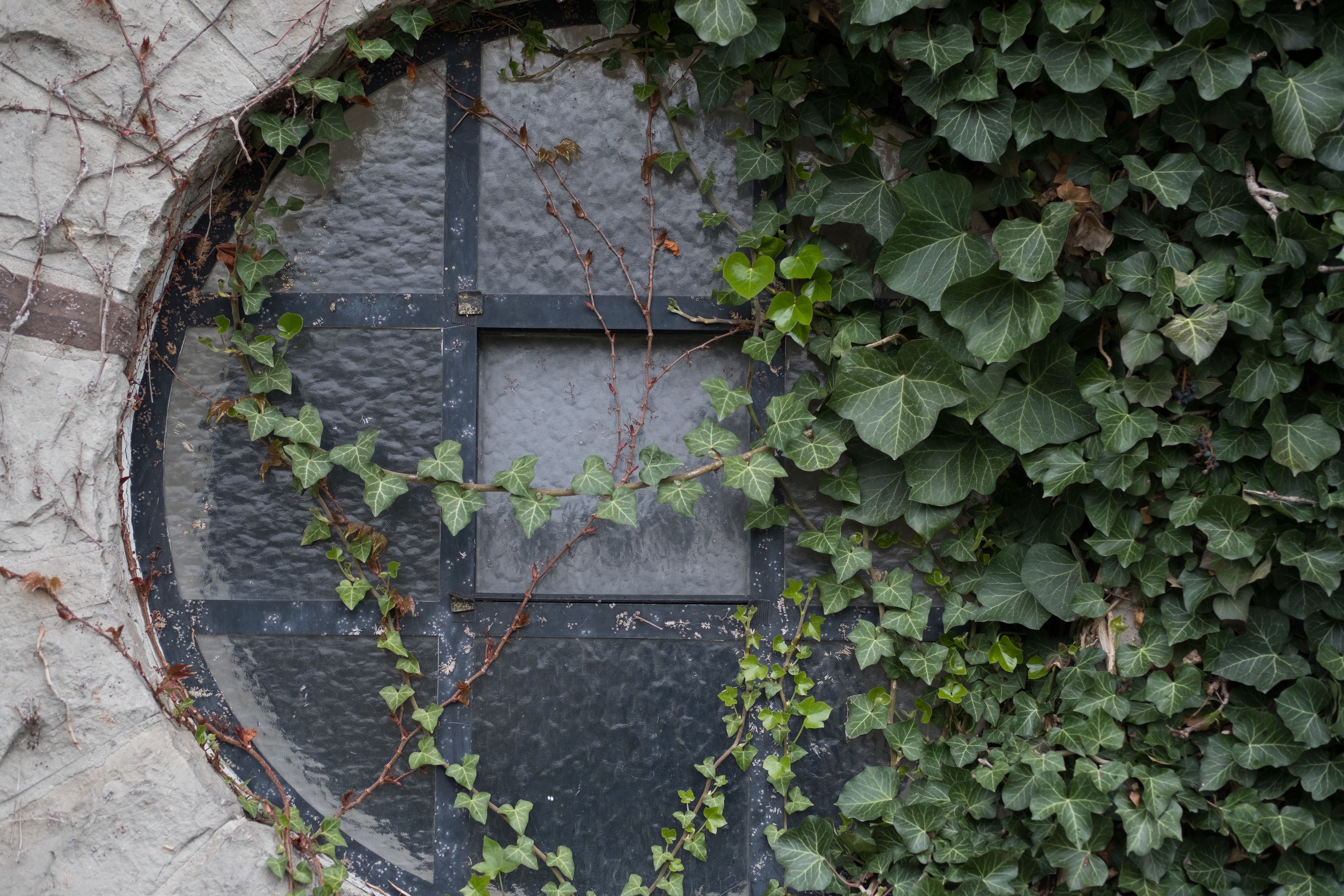
Skin textures, foliage, and material surfaces are rendered with precision and fine contrast. I found myself hesitating to do any post-production sharpening on a lot of the images because they looked just right coming out of the camera and LR’s standard processing using my chosen film simulation.
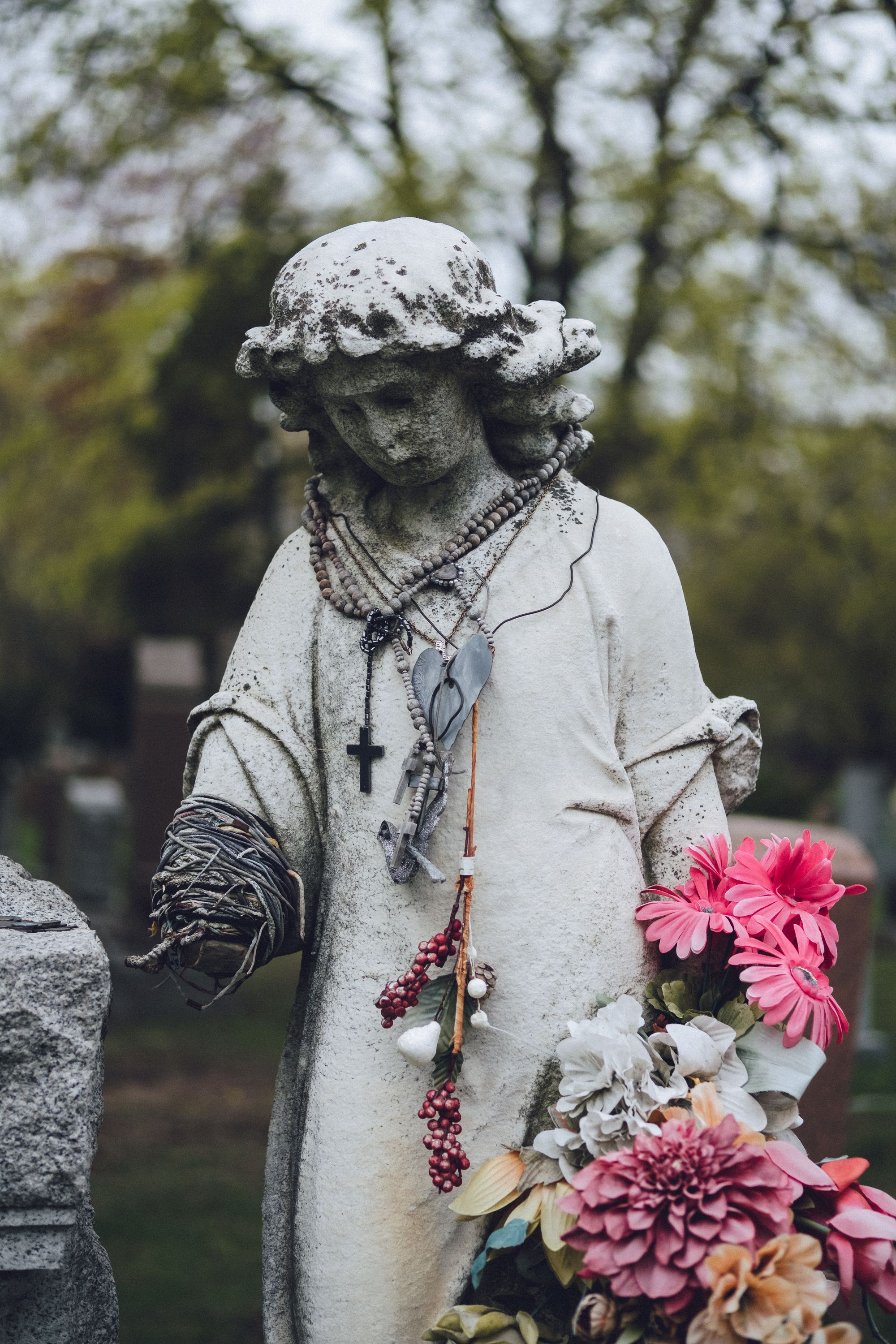
What’s more interesting, especially to those making a comparison between this 50mm and the similar-ish 56mm f/1.2, is how the bokeh behaves.
Focus falls off gently, and there’s a smoothness to the out of focus areas that I found very pleasing.

It won’t get you the extremely shallow depth of field of the 56mm, but you get a much more controllable effect that’s easier to manage.
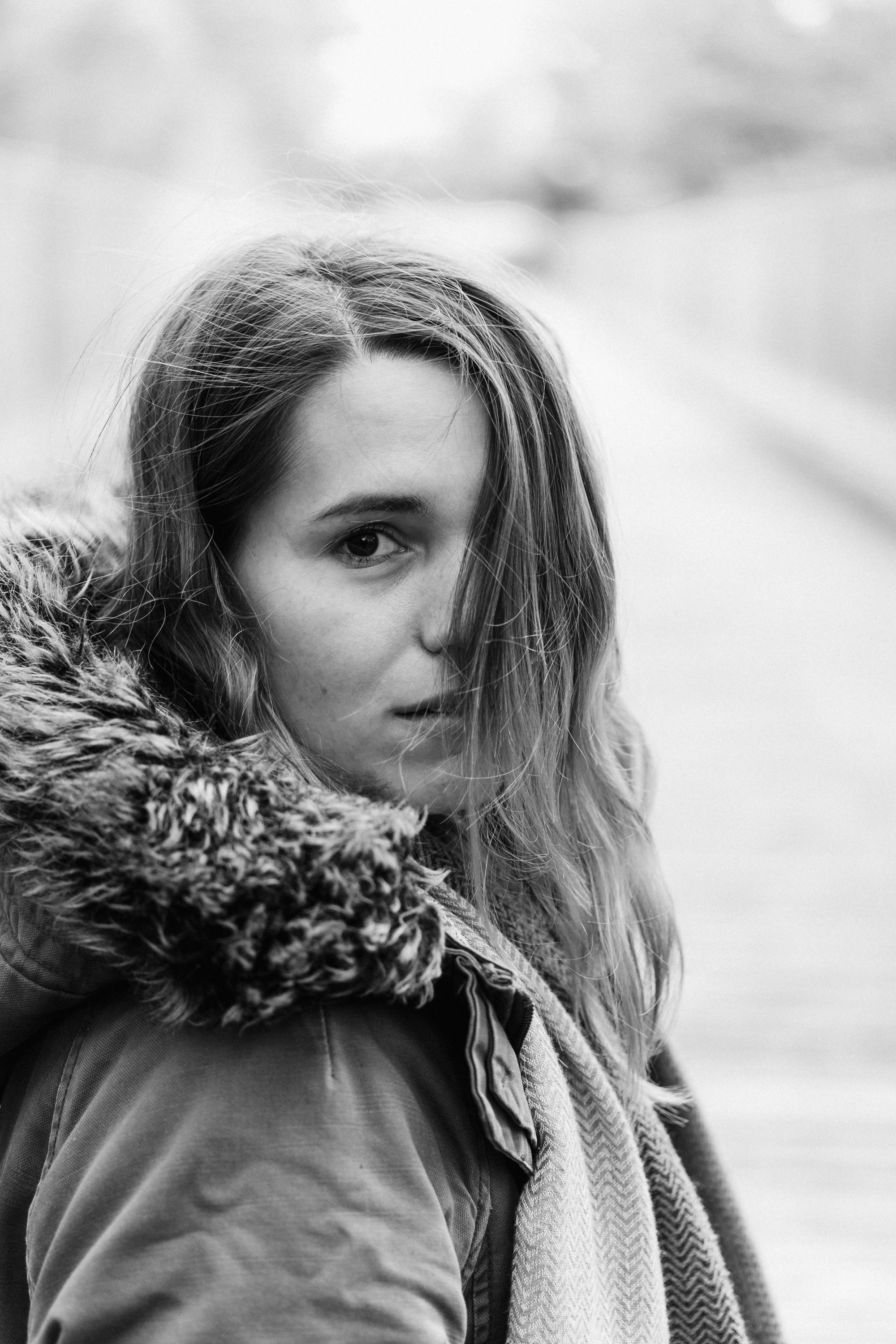
Macro
Just for fun, I attached the MCEX-16 (the more powerful of Fujifilm’s macro extenders) to the lens and took it out for some macro shooting.
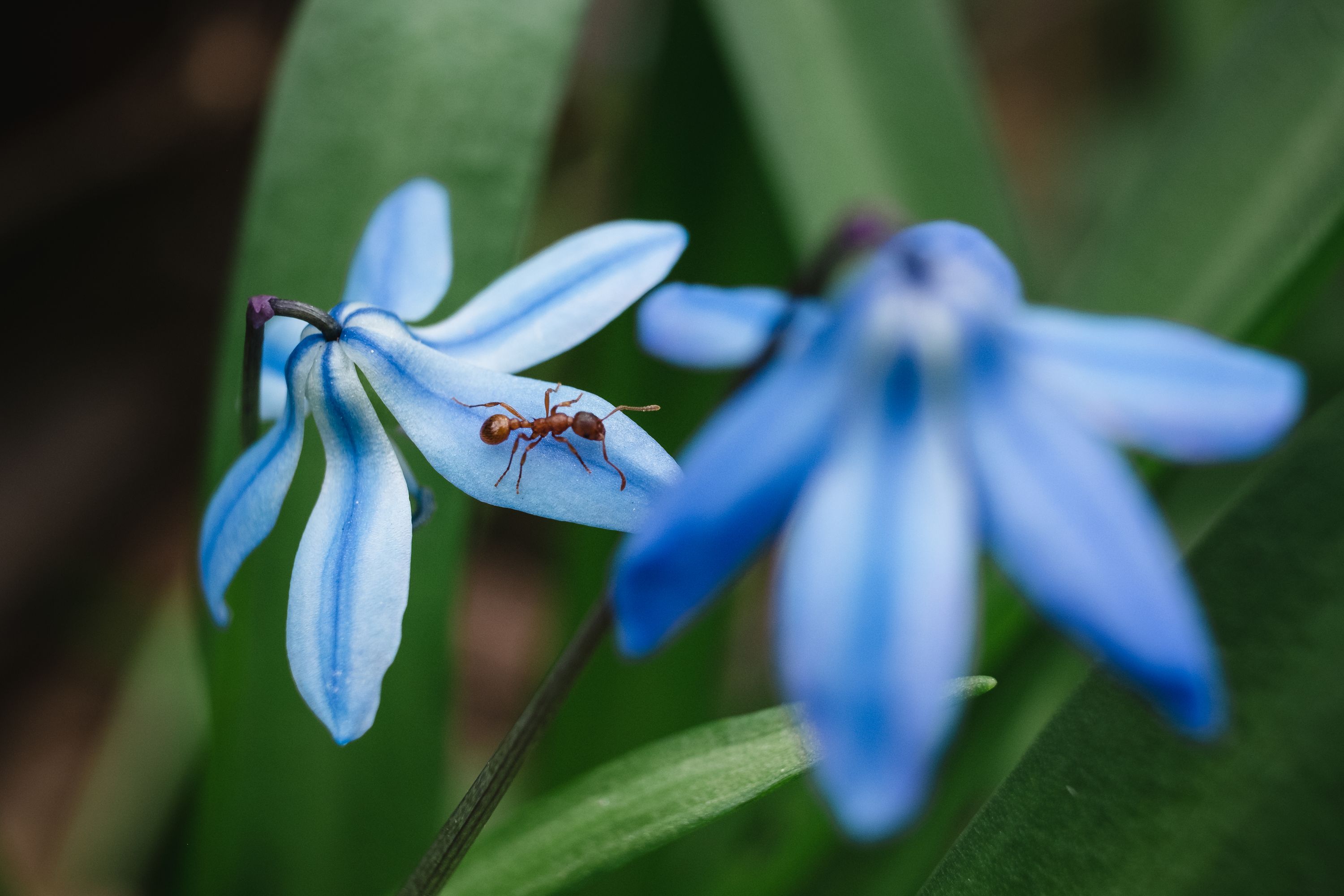
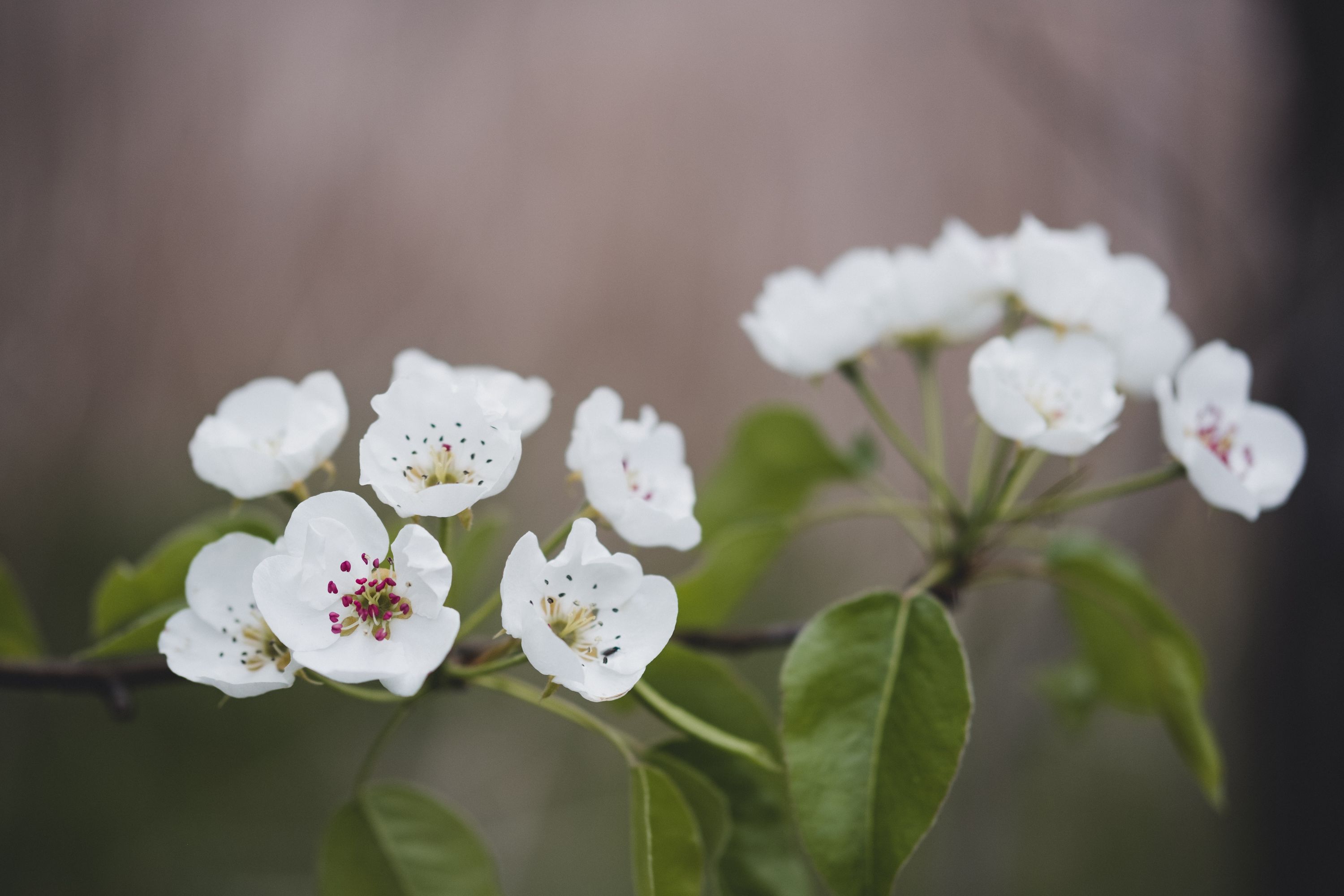
As is usually the case with the MCEX-16, it took a while to wrap my head around the constrained focus range and extremely narrow depth of field, but the results were great.
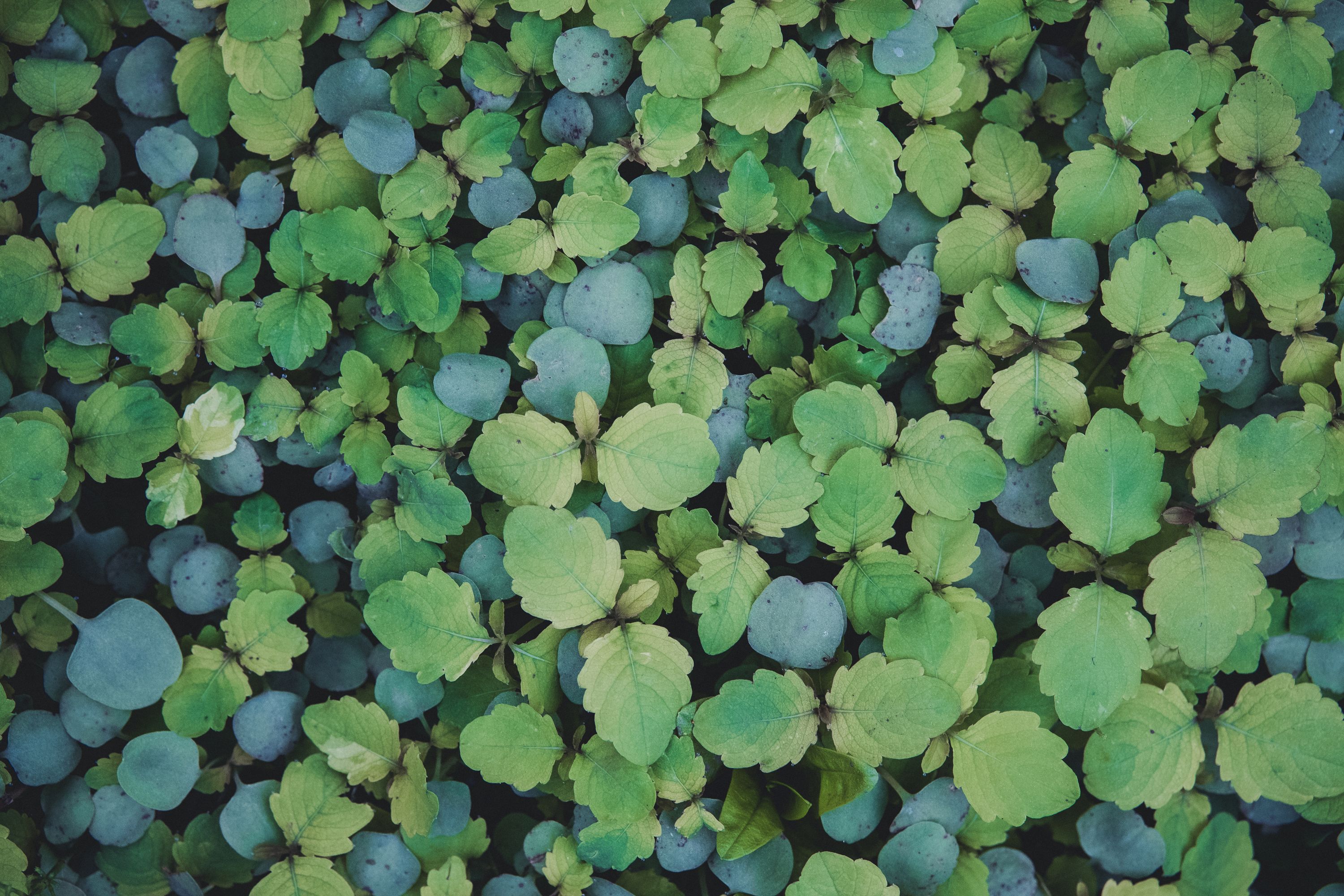
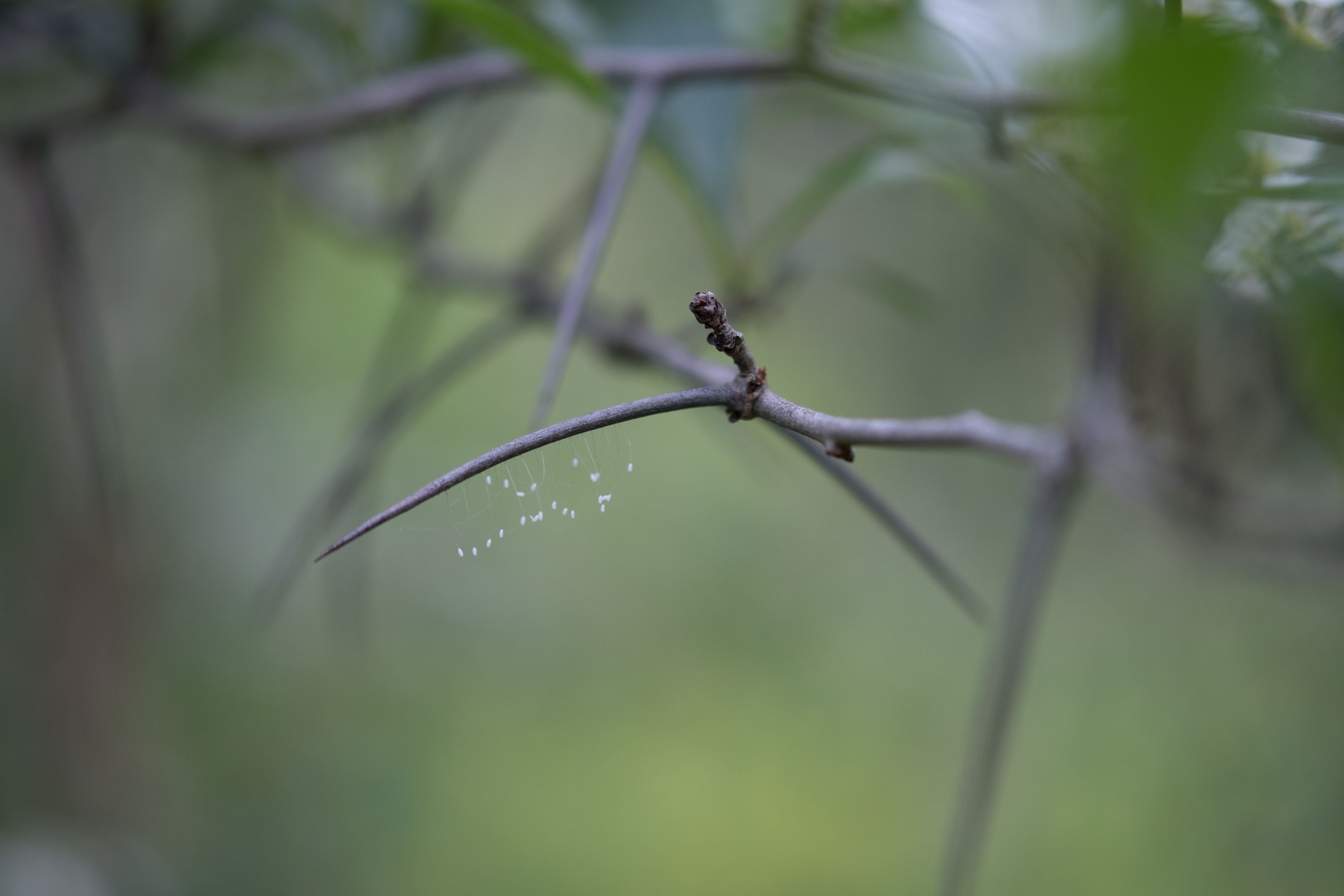
The lens’ inherent sharpness offset the slight IQ loss of the macro extender, resulting in shots that were sharper than I’ve gotten with the same extender on the 56mm.
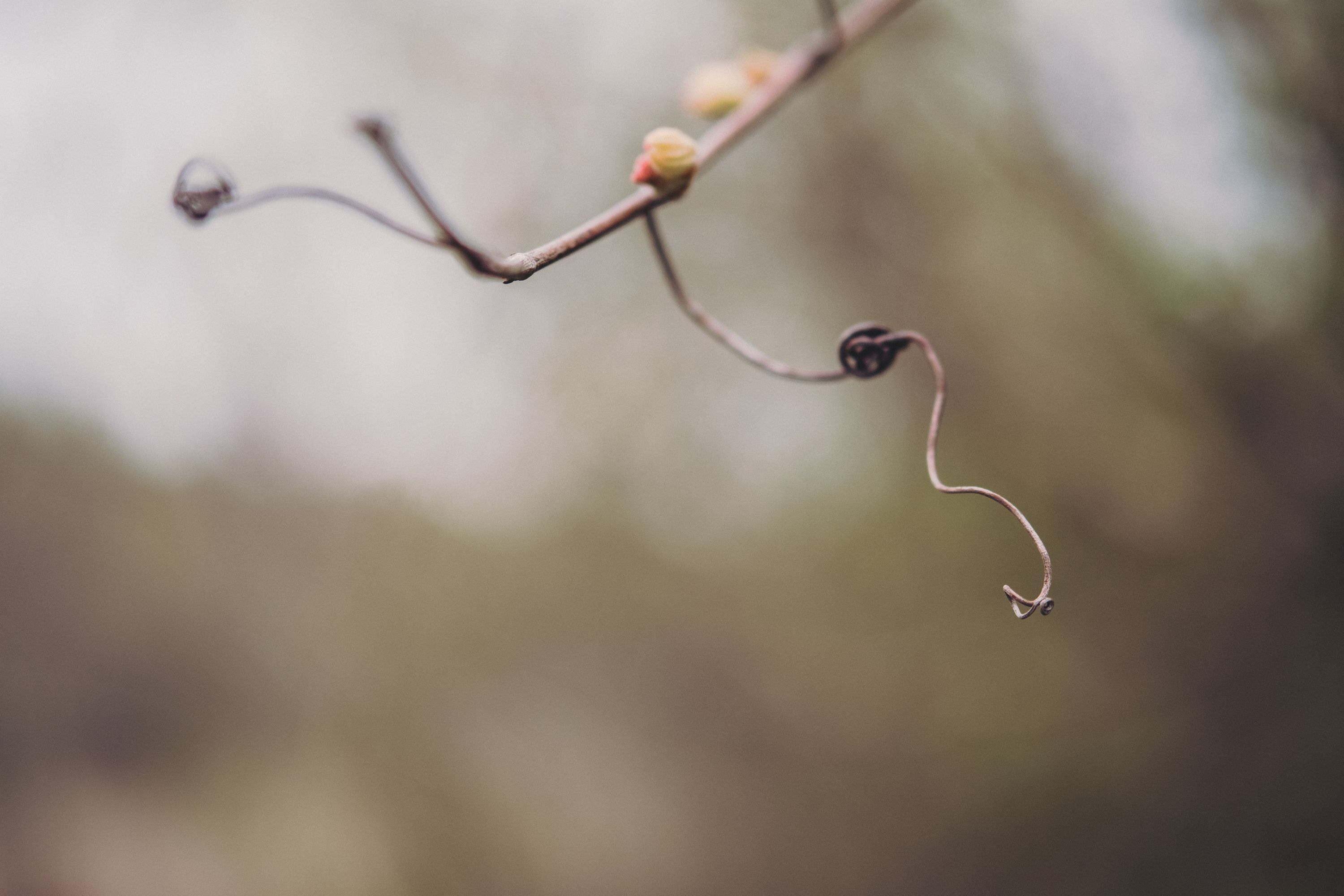
The pleasing focus fall-off I mentioned above also applies when shooting in macro ranges, offering a good degree of 3D pop.
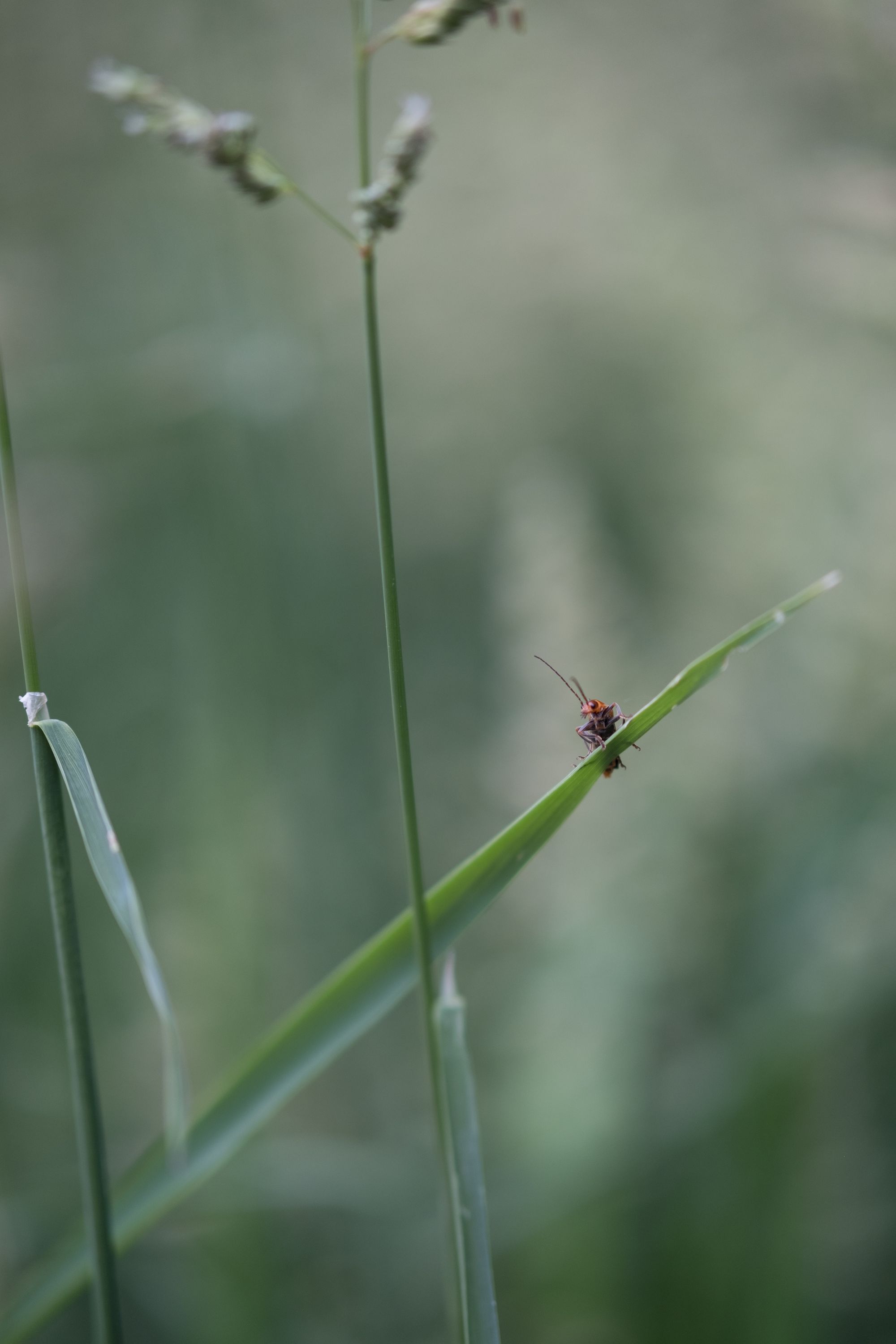
Choices
Before I wrap up, I’ll weigh in on the whole 50mm vs 56mm discussion.
If you’re deciding between these two lenses, the 50mm is the one to get first. I can say this with a good degree of confidence because it’s the more versatile lens. It’s significantly more portable, it’s much faster to focus, it’s weather sealed, it’s just as sharp, and it costs less.
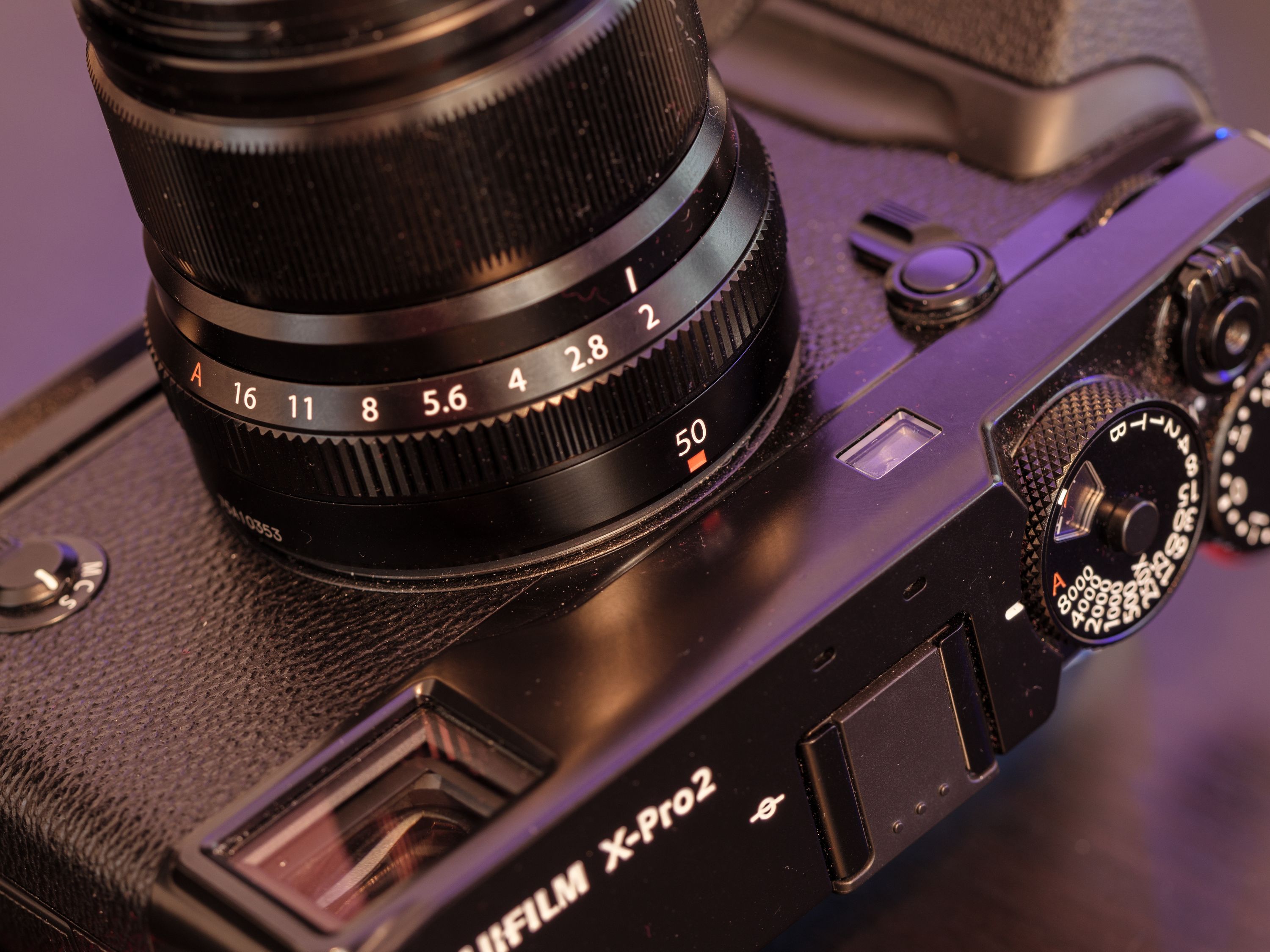
The 56mm gets you shallower depth of field, sure, but it’s also a more difficult lens to get the most out of, whereas the 50mm can provide instant gratification.
Conclusion
The XF 50mm ƒ/2 took me by surprise. It filled a gap in the lens line-up that I didn’t think was there, and it’s just plain fun to shoot with.
I think nearly every Fujifilm shooter would get a lot out of owning this lens, and I know I won’t be the only one glad to add it to the existing ƒ/2 lenses for a perfect travel trio.